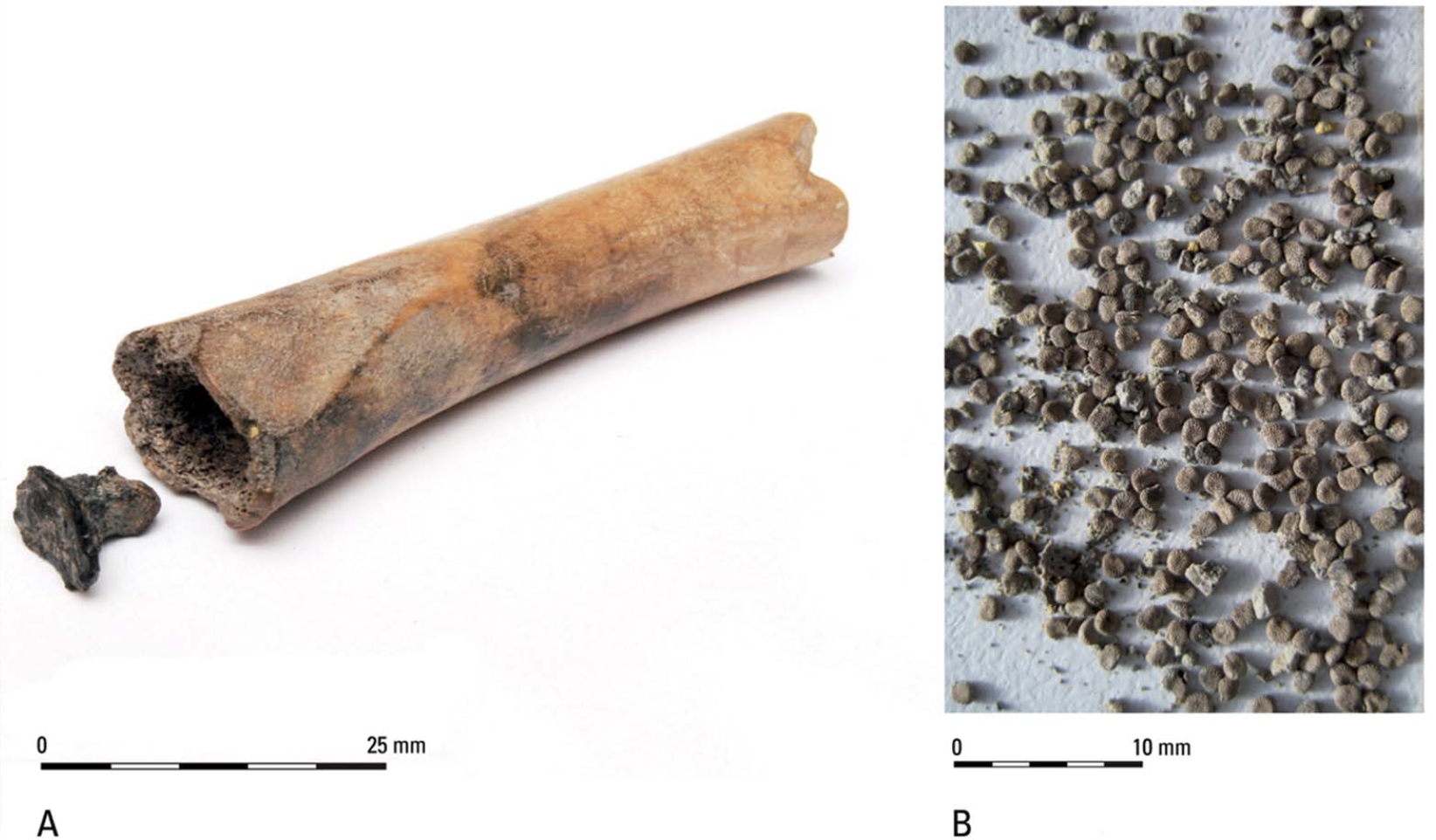[Most Recent Entries] [Calendar View]
Monday, June 10th, 2024
| Time | Event |
| 8:00a | How Las Vegas’ Sphere Actually Works: A Looks Inside the New $2.3 Billion Arena If the United States of America is the Roman empire of our time, surely it must have an equivalent of the Colosseum. A year ago, you could’ve heard a wide variety of speculations as to what structure that could possibly be. Today, many of us would simply respond with “the Sphere,” especially if we happen to be think-piece writers. Since it opened last September, Sphere — to use its proper, article-free brand name — has inspired more than a few reflections on what it says about the intersection of technology and culture here in the twenty-first century, not to mention the considerable ambition and expense of its design and construction. A $2.3 billion dome whose interior and exterior are both enormous screens — visible, one often hears, even from outer space — Sphere would hardly make sense anywhere in America but Las Vegas, where it makes a good deal of sense indeed. Its location has also made possible such irresistible headlines as “Sphere and Loathing in Las Vegas,” below which the Atlantic’s Charlie Warzel gets into the details of this “architectural embodiment of ridiculousness,” including its surprising origin: “According to James Dolan, the entertainment mogul who financed the Sphere, the inspiration for the building came from ‘The Veldt,’ a 1950 short story by Ray Bradbury” involving a family house with giant screens for walls that can render whatever the children imagine. Naturally, the kids get hooked, and when Mom and Dad try to intervene, the screens send forth a pack of lions to eat them. “Though the Sphere’s marketing pitch doesn’t explicitly mention being mauled by big digital cats,” Warzel writes, “I got the notion that at least part of the allure of coming to the Sphere is a desire to be overwhelmed.” How, exactly, the venue marshals its advanced technology to do that overwhelming is explained in the MegaBuilds video at the top of the post. With its form not quite like any event space built in human history, it necessitated the invention of everything from a custom camera system to audio-permeable screen surfaces, none of which came cheap. Hence the cost of seeing a show at Sphere, whether it be the Darren Aronofsky’s “docu-film” Postcard from Earth, U2’s Achtung Baby-based residency earlier this year, or the now-showing Dead & Company, which revives not just the Grateful Dead in their various incarnations over the decades, but also the storied venues in which they played. Its viewers could hardly fail to be astonished by the sheer spectacle, even if they know nothing of the Dead’s colorful history. All of them will no doubt be moved to consider history itself: that of humanity, technology, and civilization, all of which has led up to this rare thing Warzel calls “a brand-new, non-pharmaceutical sensory experience.” Say what you will about the overstimulation and excess represented by Sphere; if you can blow a Deadhead’s mind, you’re definitely on to something. Related content: The Absurd Logistics of Concert Tours: The Behind-the-Scenes Preparation You Don’t Get to See A Virtual Tour of Japan’s Inflatable Concert Hall Stream a Massive Archive of Grateful Dead Concerts from 1965–1995 Based in Seoul, Colin Marshall writes and broadcasts on cities, language, and culture. His projects include the Substack newsletter Books on Cities and the book The Stateless City: a Walk through 21st-Century Los Angeles. Follow him on Twitter at @colinmarshall or on Facebook. |
| 9:00a | The Romans Stashed Hallucinogenic Seeds in a Vial Made From an Animal Bone
What’s popular in the metropolis sooner or later makes its way out into the provinces. This phenomenon has become more difficult to notice in recent years, not because it’s slowed down, but because it’s sped way up, owing to near-instantaneous cultural diffusion on the internet. Well within living memory, however, are the days when whatever was cool in, say, New York or Los Angeles would take time to catch on in the rest of the US. This went for fashions, movies, and bands, of course, but also for mind-altering substances: distant-future archaeologists are as likely to unearth a Velvet Underground album and the remains of its owner’s stash in the ruins of Cleveland as those of Chelsea. A roughly analogous discovery from the ancient world was recently made by Dutch zooarchaeologists Maaike Groot and Martijn van Haasteren and archaeobotanist Laura I. Kooistra, who this past February published a paper in the journal Antiquity on “evidence of the intentional use of black henbane (Hyoscyamus niger) in the Roman Netherlands.” A member of the nightshade family, black henbane is “an extremely poisonous plant species that can also be used as a medicinal or psychoactive drug,” the researchers write. It may have been the latter purpose that encouraged the creation of a peculiar artifact: “a sheep/goat bone that had been hollowed out, sealed on one side by a plug of a black material and filled with hundreds of black henbane seeds.” “Physiological reactions to black henbane were well documented throughout the Ancient Mediterranean world,” writes Hyperallergic’s Elaine Velie. She quotes Greek philosopher Plutarch as describing its effects as “not so properly called drunkenness” but rather “alienation of mind or madness.” Pliny the Elder “discussed the plant’s medicinal, hallucinatory, and potentially lethal effects, noting that although it could be taken to heal ailments ranging from coughs to fever, the drug could also cause insanity and derangement. The Greek and Roman physician Dioscorides wrote that black henbane and its close cousins could alleviate pain, but cause disorientation when boiled.”
It would be natural to assume that this hollowed-out, plugged bone functioned as some kind of pipe for smoking henbane. Though Groot, van Haasteren, and Kooistra don’t find evidence for that, neither do they rule out the possibility that it was the stash box, if you like, of some resident of the Roman Netherlands two millennia ago. Groot points out to Velie the especially fascinating element of a “potential link between medicinal knowledge described by Roman authors in Roman Italy and people actually using the plant in a small village on the edge of the empire.” Though far from Rome itself, this henbane stash’s owner presumably used it however the Romans did. If it met with disapproval, this individual could have resorted to a still-familiar refrain: “Hey, it’s medicinal.” via Hyperallergic Related content: The Drugs Used by the Ancient Greeks and Romans Humans First Started Enjoying Cannabis in China Circa 2800 BC 1,000-Year-Old Illustrated Guide to the Medicinal Use of Plants Now Digitized & Put Online Download 100,000+ Images From The History of Medicine, All Free Courtesy of The Wellcome Library Pipes with Cannabis Traces Found in Shakespeare’s Garden, Suggesting the Bard Enjoyed a “Noted Weed” Carl Sagan on the Virtues of Marijuana (1969) Based in Seoul, Colin Marshall writes and broadcasts on cities, language, and culture. His projects include the Substack newsletter Books on Cities and the book The Stateless City: a Walk through 21st-Century Los Angeles. Follow him on Twitter at @colinmarshall or on Facebook. |
| << Previous Day |
2024/06/10 [Calendar] |
Next Day >> |




